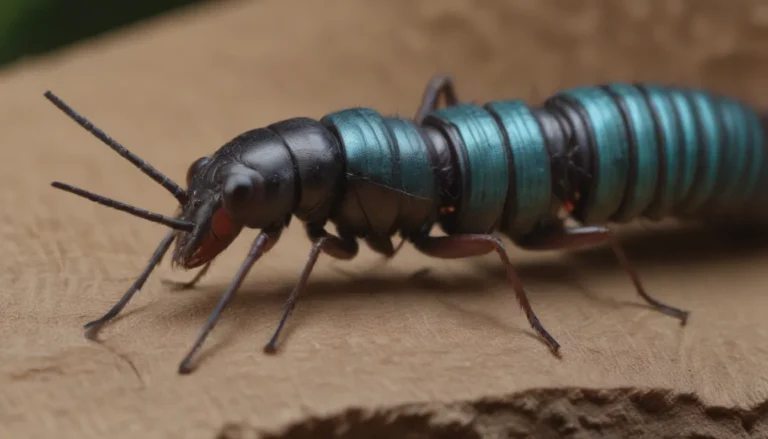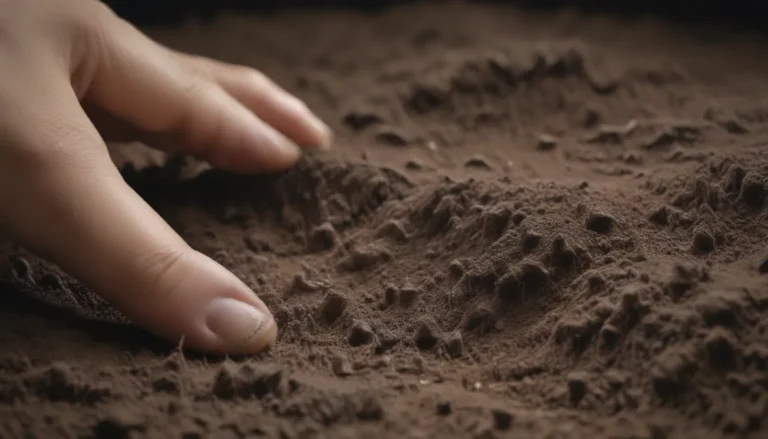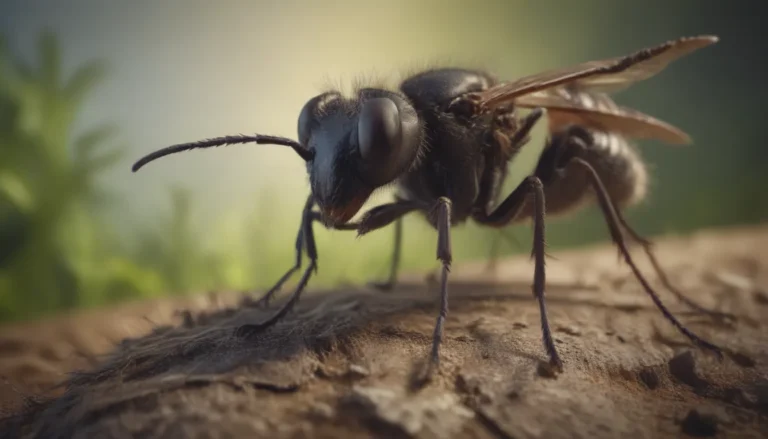Say Goodbye to Carpenter Bees: A Comprehensive Guide to Protecting Your Home

Carpenter bees may sound like useful insects, but when they start buzzing around your home, they can cause serious damage. While we appreciate their role as pollinators in the ecosystem, it’s essential to take action to prevent them from wreaking havoc on your property. In this detailed guide, we will walk you through the steps to effectively get rid of carpenter bees and safeguard your home from their destructive behavior.
What are Carpenter Bees?
Before we dive into the methods of eliminating carpenter bees, it’s crucial to understand what sets them apart from other bee species. Carpenter bees closely resemble bumble bees, making it challenging to differentiate between the two at first glance. According to Shannon Harlow-Ellis from Mosquito Joe, the key distinguishing factor is that carpenter bees lack hair on their abdomens, giving them a smoother appearance compared to bumble bees.
Identifying Carpenter Bees
- Carpenter bees resemble bumble bees but have a smoother appearance.
- They are larger than bumble bees and exhibit a distinctive flight pattern.
- Carpenter bees bore into wood to create nests for their eggs, unlike bumble bees.
4 Steps to Get Rid of Carpenter Bees
There are multiple strategies to address a carpenter bee infestation, allowing you to choose the approach that best suits your situation. Implementing one or a combination of methods can lead to a quicker resolution to the problem at hand.
Step 1: Apply Insecticide Sprays and Dusts
Jim Buick recommends applying insecticidal dust directly into the chambers created by carpenter bees. Additionally, a residual liquid application on exposed wood surfaces can prevent bees from establishing nests in those areas. Focus on treating wooden structures such as siding, decks, window frames, door trims, and fencing where carpenter bee activity is observed. Early spring, particularly April and May, is an ideal time to apply these treatments when bee activity is on the rise.
Step 2: Plug the Holes
To prevent further damage to wooden structures, consider filling the entrance holes created by carpenter bees with durable substances like wood putty. Sealing the holes with caulk and wrapping untreated wood in vinyl can provide added protection. To enhance prevention efforts, seal or paint wooden surfaces to deter carpenter bee infestations.
Step 3: Spray Natural Repellents
Harness the repellent properties of essential oils such as lavender, citronella, and citrus to discourage carpenter bees from nesting in your home. Create a DIY repellent spray by mixing water with a few drops of your preferred essential oil and apply it near wooden structures to repel bees. This natural approach can serve as a non-toxic alternative to chemical insecticides.
Step 4: Install Traps
Consider using carpenter bee traps to lure and capture bees, helping to alleviate the pest issue. These traps, typically made of wood to attract bees, feature angled holes that entice bees inside. Once trapped, bees emit signals that attract other insects, leading to their capture in a glass jar at the bottom of the trap. Carpenter bee traps are readily available for purchase online or at local home improvement stores.
Understanding Carpenter Bee Behavior
- Female carpenter bees bore into wood to create nesting sites for their eggs.
- Carpenter bees prefer softwoods for nesting but may utilize hardwoods as well.
- The tunnels created by female carpenter bees can be intricate and expansive, leading to significant structural damage over time.
Signs of Carpenter Bee Damage
Carpenter bees are capable of causing substantial harm to wooden structures, with females creating intricate tunnels within the wood. Common areas of infestation include wood siding, deck rails, and window frames. The damage can escalate when birds prey on carpenter bee larvae, further weakening the affected wood surfaces.
Knowing When to Seek Professional Assistance
While spotting a few carpenter bees may not be cause for alarm, individuals with bee allergies should exercise caution. Female carpenter bees can sting if provoked, posing a risk to susceptible individuals. Additionally, the extent of structural damage caused by carpenter bees may warrant professional intervention. Implementing preventive measures such as painting or staining wood, filling chamber holes, and using natural repellents can help mitigate future infestations.
Key Takeaways
- Carpente bees pose a threat to wooden structures and must be addressed promptly.
- Implementing a combination of insecticidal treatments, hole-plugging, natural repellents, and traps can effectively control carpenter bee infestations.
- Understanding the behavior and nesting habits of carpenter bees is essential for targeted pest management.
By following these comprehensive steps and preventive measures, you can effectively eliminate carpenter bees from your home and safeguard your property from their destructive impact. Remember, early intervention is key to preventing extensive damage and preserving the integrity of your wooden structures.





